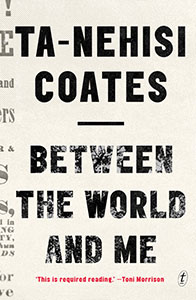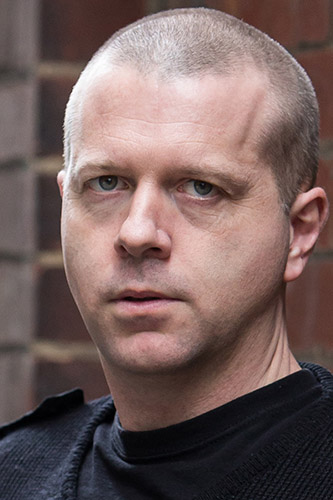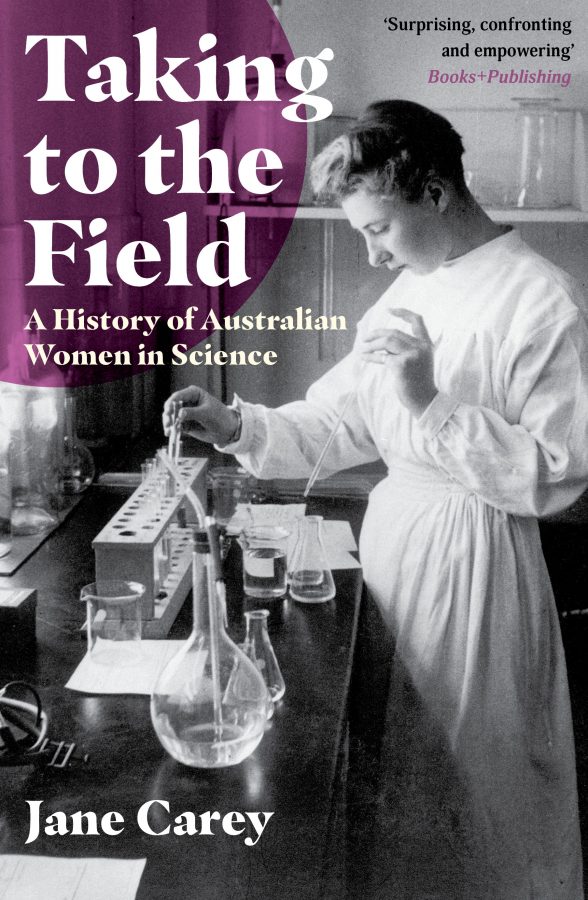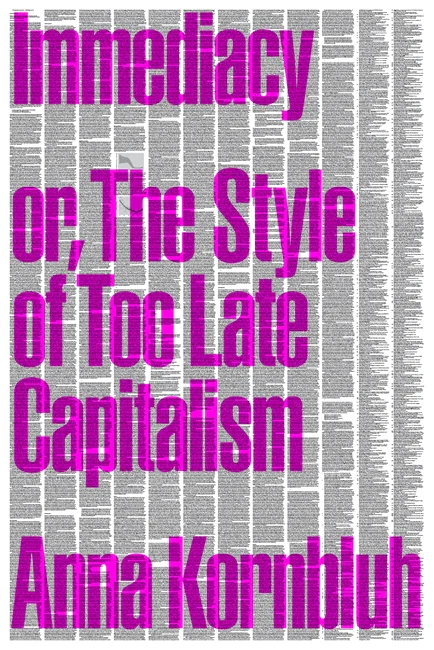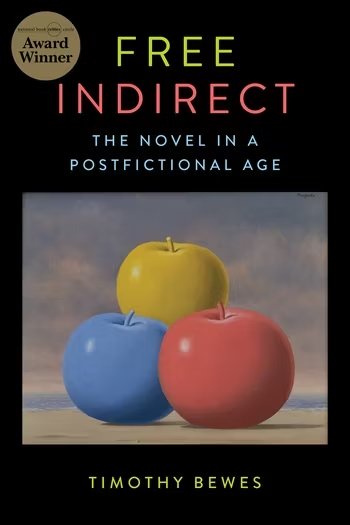Racism and the Dreamers: Between the World and Me by Ta-Nehisi Coates
John Hartfield will be lynched by Ellisville mob at 5 o’clock this afternoon.
That was the headline in the Jackson Daily News on 26 June 1919.
Hartfield, an African American man, had been accused of raping a white woman. During his capture, he was shot and badly injured. But a large group of white men took him from the jail (the sheriff did not resist), instructing a doctor to keep him alive for another 24 hours.
Everyone knew what was coming. The Daily News reported that ‘a committee of Ellisville citizens has been appointed to make the necessary arrangements for the event [ie, the lynching] and the mob is pledged to act in conformity with these arrangements.’ As the ‘lynching committee’ gathered firewood, the NAACP telegrammed Governor Theodore Bilbo, pleading him to intervene. He would not. ‘I am powerless,’ he said. Perhaps as many as 10,000 people assembled to watch Hartfield swung up on a huge sweet gum tree, tortured, shot and then burned into ashes. Afterwards, locals displayed as souvenirs his fingers and pictures of his charred corpse.
That horrific episode from a season of deadly violence (the ‘Red Summer’ of 1919) comes to mind reading Ta-Nehisi Coates new book Between the World and Me. Coates writes on race, politics and culture for The Atlantic and is probably best known for his 2014 essay ‘The Case for Reparations’ in which he reckoned with what he called the ‘compounding moral debt’ of slavery in the United States. His memoir, The Beautiful Struggle, was published in 2008.
Coates takes his title from a Richard Wright poem, a fragment of which he uses as an epigraph:
And one morning while in the words I stumbled suddenly upon the thing,
Stumbled upon it in a grassy clearing guarded by scaly oaks and elms
And the sooty details of the scene rose, thrusting themselves between the world and me …
In the lines, Wright describes a lynching, a murder very much like the one in Ellisville. The ‘thing’ upon which the poet stumbles is, in the first instance, the incinerated body of a black man – but it’s also the revelation of his own susceptibility to racialised violence. Wright imagines ‘a thousand faces swirled around me, clamoring that my life be burned’ before concluding ‘now I am dry bones and my face a stony skull staring in yellow surprise at the sun’.
Coates, too, begins with the body. Racism is, he says, always ‘a visceral experience,’ one that ‘dislodges brains, blocks airways, rips muscle, extracts organs, cracks bones, breaks teeth.’
Between the World and Me is framed as a letter to Coates’ son, written after he heard the boy sobbing in his room at the news that Michael Brown’s killers in Ferguson had walked free. Coates helps his child face Wright’s ‘thing’ – the realisation that he, too, could be casually gunned down – by discussing the police murder of his friend Prince Jones. ‘Our current politics tell you,’ he says, ‘that should you fall victim to such an assault and lose your body, it somehow must be your fault.’
Even in the brief time since the book’s publication, we’ve seen another grim confirmation of that point, in the case of civil rights activist Sandra Bland, who supposedly suicided in a police cell. Footage emerged of the white arresting officer threatening to ‘light her up’ with his taser and then throwing her face down on the ground – and still pundits claimed Bland was to blame for being ‘arrogant’.
The epistolary format of Between the World and Me consciously recalls James Baldwin’s letter to his nephew, later published in The Fire Next Time (1963). In that piece, Baldwin writes:
I know what the world has done to my brother and how narrowly he has survived it and I know, which is much worse, and this is the crime of which I accuse my country and my countrymen and for which neither I nor time nor history will ever forgive them, that they have destroyed and are destroying hundreds of thousands of lives and do not know it and do not want to know it.
Coates makes a similar argument about what calls the ‘Dream’, the traditional fantasy about American history and politics from which many do not want to awaken.
In 1850, there were nearly 900,000 adult men enslaved in America. In 2013, almost 1.7 million African American men in the US were either in gaol or on parole. In other words, more African American men are deprived of their liberty today than at the height of slavery.
‘Once the classic method of lynching was the rope,’ wrote WEB du Bois in the Civil Rights Congress’ ‘We Charge Genocide’ paper, presented to the UN in New York by Paul Robeson.
Now it is the policeman’s bullet. To many an American the police are the government, certainly its most visible representative. We submit that the evidence suggests that the killing of Negroes has become police policy in the United States and that police policy is the most practical expression of government policy.
That was in 1951. Today, the US government does not keep any comprehensive record of people dying at the hands of police. But best estimates suggest that nearly 900 Americans have been killed every year for the last eight years. A hugely disproportionate number are black.
Still, those caught up in the American Dream see only ‘perfect houses with nice lawns’, ‘Memorial Day cookouts, block associations and driveways’ and ‘tree houses and cub scouts’: they cannot acknowledge structural injustice, even when confronted with the brutal consequences for black bodies.
Plenty of local examples of the same phenomenon come to mind. ‘I’m not a racist,’ says the football fan booing Adam Goodes – and, at some level, she means it, since ‘racist’ has come to signify a goose-stepping Nazi or a Klan leader or some other cartoonish villain, whereas she considers herself both entirely normal and utterly decent. ‘My experience in this world,’ Coates says,
has been that the people who believe themselves to be white are obsessed with the politics of personal exoneration. And the word racist, to them, conjures if not a tobacco-spitting oaf, then something just as fantastic – an orc, troll or gorgon.
Coates grew up surrounded by his father’s library – ‘books about black people, by black people, for black people spilling off shelves and out of the living room, boxed up in the basement’ – and Between the World and Me brings a deep engagement with an African American canon usually entirely excluded from the (white) public debate.
For the Dreamers, of course, the fight against racism begins and ends with a certain version of Martin Luther King and the Civil Rights movement. But here’s Coates discussing his schooling:
Our teachers urged us toward the example of freedom marchers, Freedom Riders and Freedom Summers, and it seemed that the month could not pass without a series of films dedicated to the glories of being beaten on camera. The black people in these films seemed to love the worst things in life – love the dogs that rent their children apart, the tear gas that clawed at their lungs, the firehoses that tore off their clothes and tumbled them into the streets. They seemed to love the men who raped them, the women who cursed them, love the children who spat on them, the terrorists that bombed them. Why are they showing this to us? … I judged them against the country I knew, which had acquired the land through murder and tamed it under slavery, against the country whose armies fanned out across the world to extend their dominion.
He takes seriously Malcolm X, treating the man as a thinker rather than the threatening counterpoint to Martin Luther King. He is attracted to the Black Panther Party (to which his father belonged) because the guns its members carried ‘seemed honest’ in the face of so much hypocrisy. ‘I compared the Panthers to the heroes given to me by the schools, men and women who struck me as ridiculous and contrary to everything I knew.’
Then he attends Howard University, one of America’s most important and historic black colleges, where he’s challenged further by the diversity of African American thought.
I did not find a coherent tradition marching lockstep but instead factions, and factions within factions. Hurston battled Hughes, Du Bois warred with Garvey, Harold Cruse fought everyone. I felt myself at the bridge of a great ship that I could not control because CLR James was a great wave and Basil Davidson was a swirling eddy, tossing me about. Things I believed merely a week earlier, ideas I had taken from one book, could be smashed to splinters by another.
It’s a perfect description of how engagement with a living political canon feels.
Coates presents race as a function of racism, rather the other way around. Blackness does not lead to slavery; slavery creates, fairly arbitrarily, a concept of ‘blackness’ out of a random (and often changing) aggregation of features associated with the enslaved. ‘I knew,’ he writes,
that I wasn’t so much bound to a biological ‘race’ as to a group of people, and these people were not black because of any uniform color or any uniform physical feature. They were bound because they suffered under the weight of the Dream, and they were bound by all the beautiful things, all the language and mannerisms, all the food and music, all the literature and philosophy, all the common language that they fashioned like diamonds under the weight of the Dream.
Or, more concisely: ‘They made us into a race. We made ourselves into a people.’ These are important points and it would be nice to see them drawn out at greater length. When Coates argues that ‘race is the child of racism, not the father’, for instance, it’s a contention with obvious implications in the age of Islamophobia.
But the structure of Between the World and Me imposes certain limits on what the book can and can’t achieve. It is, after all, a dialogue between a father and a son, and so it’s not surprising that some reviewers have identified an inattention to the experience of black women. Coates notes that ‘the bodies of women are set out for pillage in ways that I could never truly know’ but it’s not a point that’s ever fully developed, leading Shani O. Hilton to observe that ‘the inclusion of black women in this work doesn’t seem to have progressed much further than Baldwin’s time, when the two requirements of being a “race man” are 1) being black, and 2) being male.’
As a letter to an adolescent, the book concentrates primarily on the individual experience of racism. Coates writes in a compelling fashion about blackness as a state of permanent fear. He describes watching white parents with their children: ‘The galaxy belonged to them, and as terror was communicated to our children, I saw mastery communicated to theirs.’
Coates urges his son to struggle against the Dream, which, he says, ‘is the same habit that endangers the planet, the same habit that sees our bodies stowed away in prisons and ghettos.’ But he offers no prescription as to what that struggle should involve, either for his son or for Black Lives Matter activists. Or, at least, not specifically. ‘[T]he Dreamers are pillaging Ferguson for municipal governance,’ Coates says.
And they are torturing Muslims, and their drones are bombing wedding parties (by accident!), and the Dreamers are quoting Martin Luther King and exulting nonviolence for the weak and the biggest guns for the strong.
In that passage – and others like it – we glimpse the remarkably radical argument embedded in this book. Whiteness is the nightmare portrayed in Richard Wright’s poem, a toxic fantasy that enables ordinary citizens to organize themselves into a ‘lynching committee’ without recognizing the obscenity of their actions. Today, it threatens not just black people but the entire world, for ‘the field for their Dream, the stage where they have painted themselves white, is the deathbed of us all’.
References
James Baldwin, The Fire Next Time (1963).
WEB Dubois, Civil Rights Congress, We Charge Genocide: The Historic Petition to the United Nations for Relief From a Crime of the United States Government Against the Negro People (1951).
Richard Wright, ‘Between the World and Me’ in Partisan Review (July/August 1935)
